You have to drive very far from Osnabrück to get to the end of the visible universe or - to be more precise - to get to where you can "see" almost to this end. So six astro friends from kosmos-os set off from Osnabrück on Saturday, September 21st, 2024 at 7 a.m. to arrive in the small Eifel village of Effelsberg after a three and a half hour drive. It took another three and a half hours to get back. We had sort of explored our day trip event horizon. But – it was really worth it!
You have to drive very far from Osnabrück to get to the end of the visible universe or - to be more precise - to get to where you can "see" almost to this end. So six astro friends from kosmos-os set off from Osnabrück on Saturday, September 21st, 2024 at 7 a.m. to arrive in the small Eifel village of Effelsberg after a three and a half hour drive. It took another three and a half hours to get back. We had sort of explored our day trip event horizon. But – it was really worth it!
After an interesting one-hour introductory lecture by Dr. Norbert Junkes in the visitor center on the edge of the valley we went down to inspect the telescope with further explanations. We were lucky in misfortune: the telescope, which is normally busy non-stop with measuring tasks, was being serviced. Thus we were able to get very close to this giant, look at details and even take in the atmosphere of this large research facility from the control station.
We made our way back extremely impressed. When we arrived in Osnabrück, where we had started 12 hours ago, we all had the good feeling that we had spent our time on something really big.
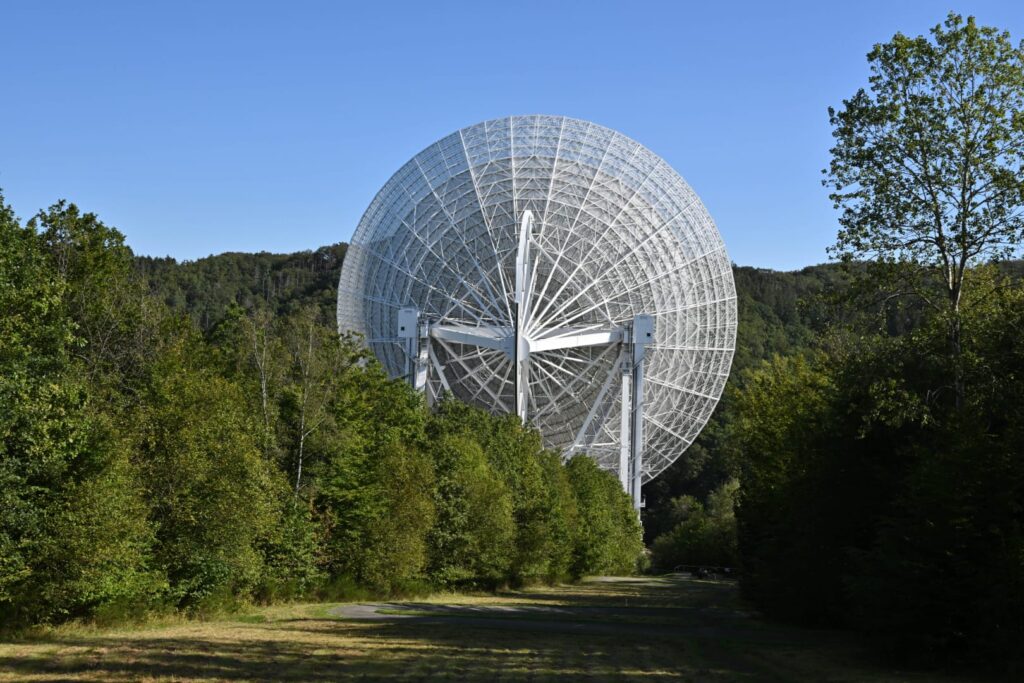
Photo: Olaf Homeier
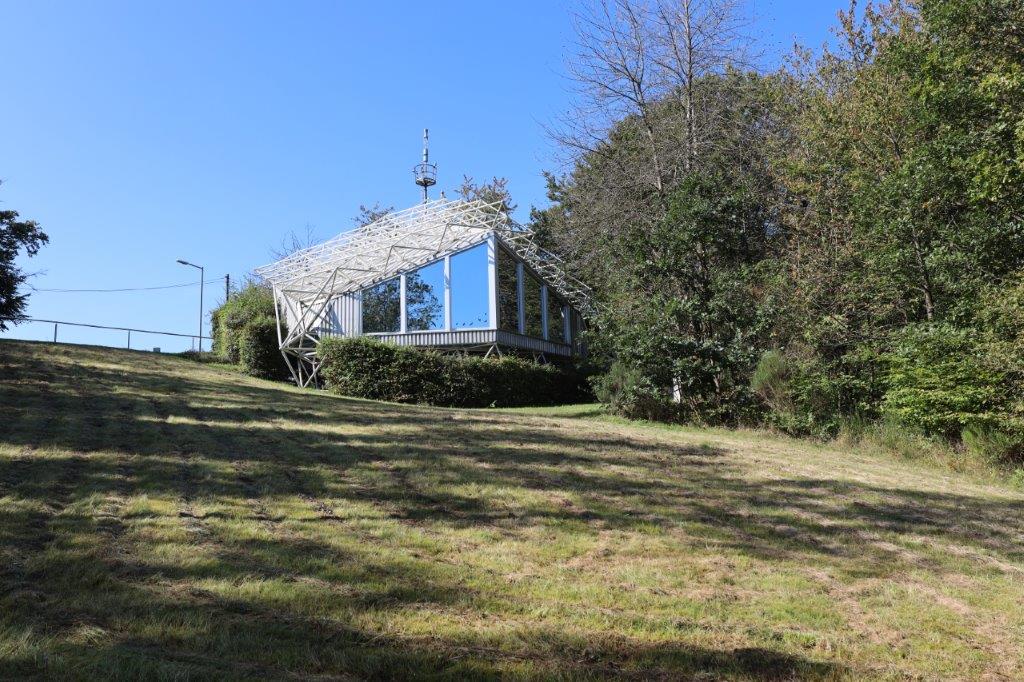
Photo: Thomas Kunzemann
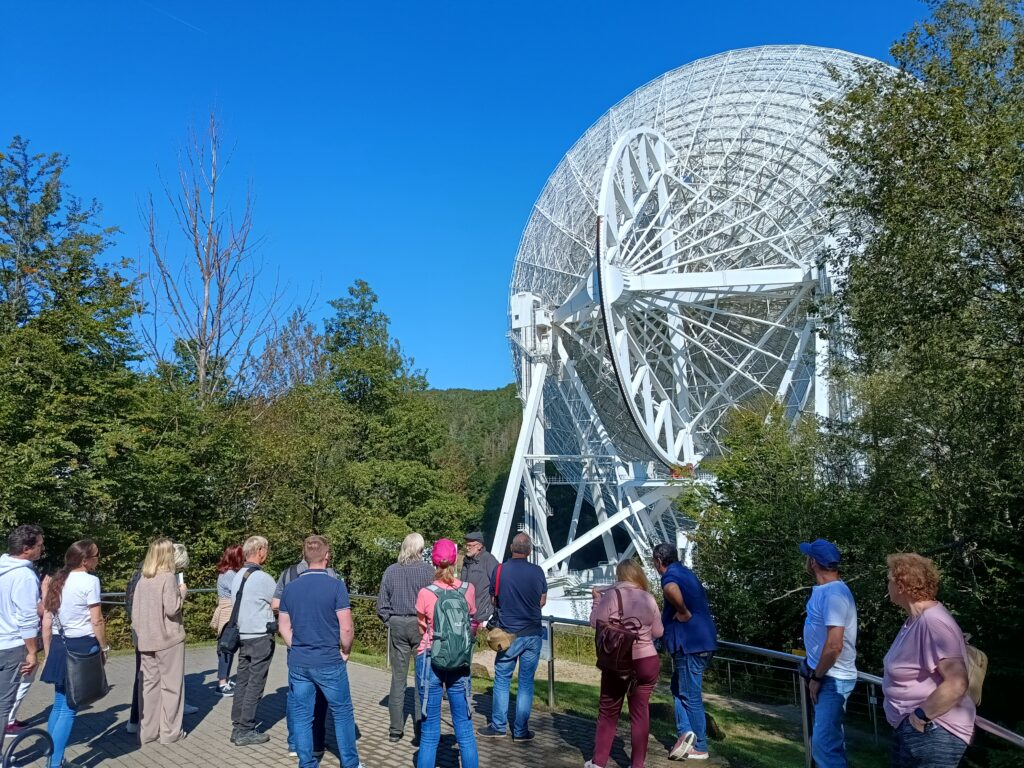
Photo: Gerold Holtkamp

Photo: Achim Tegeler
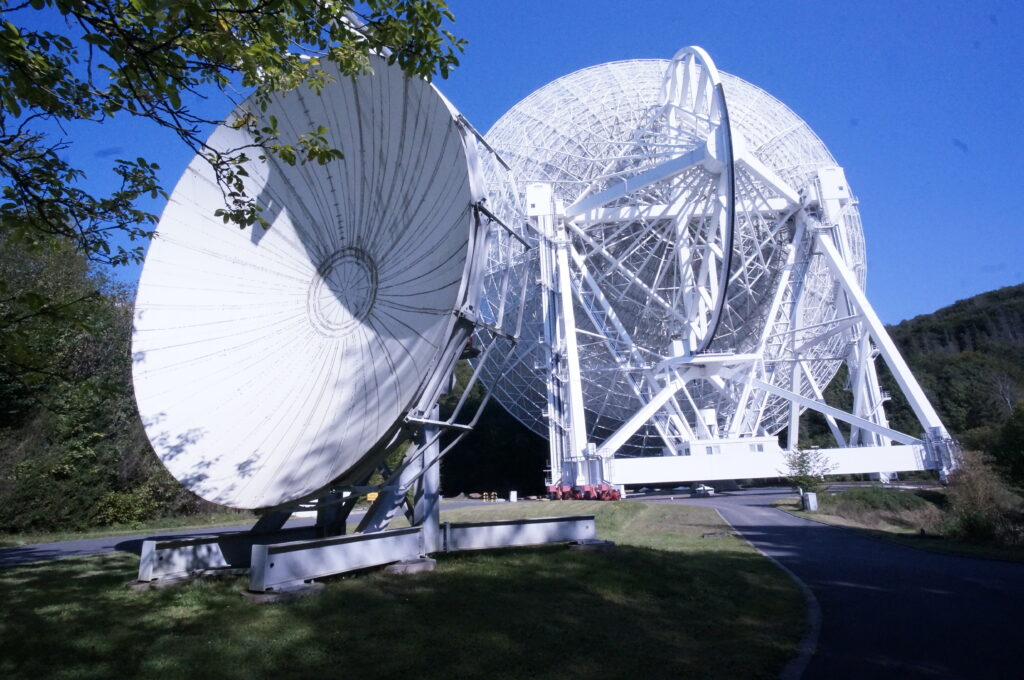
Photo: Achim Tegeler

Photo: Olaf Homeier
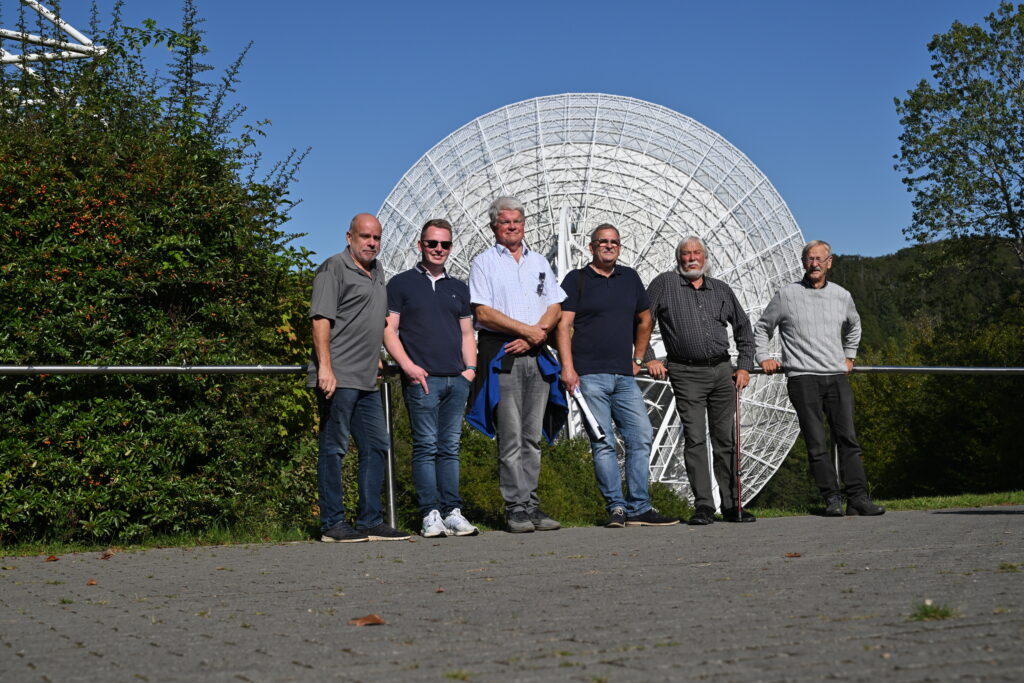
Photo: Olaf Homeier
If you are interested in more information about radio astronomy visit our radio astronomy site to deep dive.